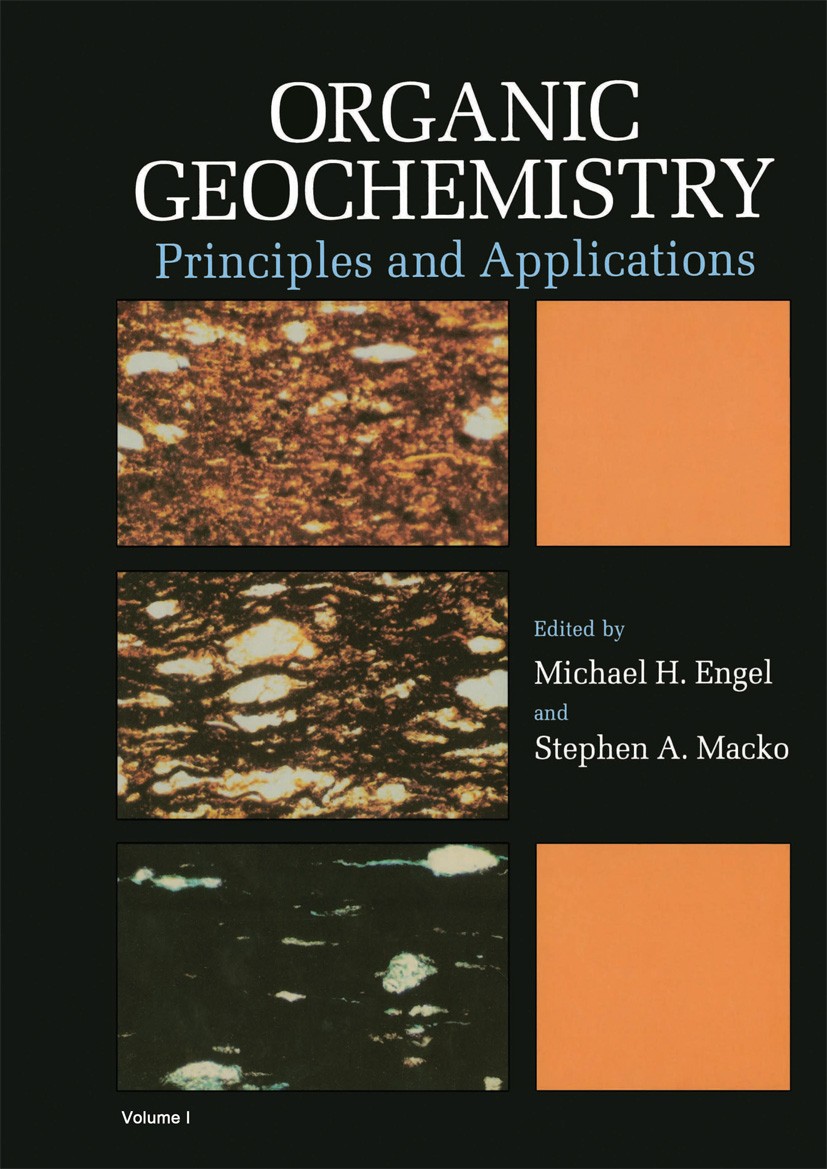Study on hydrocarbon retention and expulsion of kerogen based on centrifugal swelling method
IF 2.5
3区 地球科学
Q2 GEOCHEMISTRY & GEOPHYSICS
引用次数: 0
Abstract
Centrifugal swelling experiments using n-hexadecane and 1-methylnaphthalene were carried out to explore the connection between hydrocarbon retention and expulsion in type Ⅰ kerogen. A driving force-hydrocarbon expulsion model was innovatively established through the results of differential centrifugation experiments and low field nuclear magnetic resonance. Additionally, the hydrocarbon expulsion process of kerogen was categorized into three distinct stages based on the driving force, including free, intergranular state and immovable state (adsorption and swelling) hydrocarbon expulsion. A linear correlation also was established between the T1/T2 signal and the liquid hydrocarbon content during the swelling process, revealing that low-field NMR technology could effectively detect the retention of alkane compounds in kerogen. The study revealed that when the driving force is greater than 647.4 g N, most of the shale oil retained in the kerogen is in an immobile state, which cannot be exploited. Additionally, the hydrocarbon expulsion model based on the centrifugal experiment presents several advantages, including low equipment requirements, straightforward operation, and a broad range of applications. This model can effectively support various types of laboratories conducting shale oil retention assessment work, especially those in oilfields with relatively simple experimental setups.
基于离心膨胀法的干酪根留排烃研究
利用正十六烷和1-甲基萘进行离心膨胀实验,探讨了Ⅰ型干酪根中烃的留排关系。结合差速离心实验和低场核磁共振实验结果,创新性地建立了驱油驱动力-排烃模型。干酪根排烃过程可分为自由排烃阶段、粒间排烃阶段和不动(吸附和膨胀)排烃阶段。在膨胀过程中,T1/T2信号与液态烃含量之间也建立了线性相关关系,表明低场核磁共振技术可以有效检测烷烃类化合物在干酪根中的滞留。研究表明,当驱动力大于647.4 g N时,保留在干酪根中的大部分页岩油处于不动状态,无法开采。此外,基于离心实验的排烃模型具有设备要求低、操作简单、适用范围广等优点。该模型可有效支持各类实验室开展页岩油留油评价工作,特别是实验装置相对简单的油田。
本文章由计算机程序翻译,如有差异,请以英文原文为准。
求助全文
约1分钟内获得全文
求助全文
来源期刊

Organic Geochemistry
地学-地球化学与地球物理
CiteScore
5.50
自引率
6.70%
发文量
100
审稿时长
61 days
期刊介绍:
Organic Geochemistry serves as the only dedicated medium for the publication of peer-reviewed research on all phases of geochemistry in which organic compounds play a major role. The Editors welcome contributions covering a wide spectrum of subjects in the geosciences broadly based on organic chemistry (including molecular and isotopic geochemistry), and involving geology, biogeochemistry, environmental geochemistry, chemical oceanography and hydrology.
The scope of the journal includes research involving petroleum (including natural gas), coal, organic matter in the aqueous environment and recent sediments, organic-rich rocks and soils and the role of organics in the geochemical cycling of the elements.
Sedimentological, paleontological and organic petrographic studies will also be considered for publication, provided that they are geochemically oriented. Papers cover the full range of research activities in organic geochemistry, and include comprehensive review articles, technical communications, discussion/reply correspondence and short technical notes. Peer-reviews organised through three Chief Editors and a staff of Associate Editors, are conducted by well known, respected scientists from academia, government and industry. The journal also publishes reviews of books, announcements of important conferences and meetings and other matters of direct interest to the organic geochemical community.
 求助内容:
求助内容: 应助结果提醒方式:
应助结果提醒方式:


